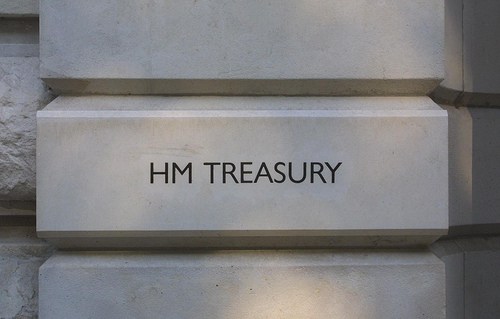In the Budget today Rachel Reeves announced that the rate of tax paid on dividends, property and savings will rise two percentage points.
The changes will effect people who pay tax on income from property, savings, and dividends.
From April 2026, basic rate taxpayers will pay 10.75% tax on dividends, up from 8.75%. Higher rate taxpayers will pay 35.75%, up from 33.75%, from that date.
The changes are estimated to raise £1.2bn a year on average from 2027/28.
From April 2027, there will be a two percentage point increase to the basic, higher and additional rates of saving income tax, increasing them to 22%, 42% and 47% respectively. That is estimated to raise £0.5bn a year on average from 2028/29.
A similar two percentage point increase to the property income tax from the same date is also estimated to raise £0.5 billion a year on average from 2028/29.
Andrew Tully, technical director at Nucleus said: "These changes will drive changes to behaviour. Small business owners may want to reconsider how best to extract money from their business and the balance between salary, dividends and pension contributions.
“For savings it highlights the importance of using tax efficient wrappers such as ISAs, pensions and investment bonds.”
Sarah Coles, head of personal finance Hargreaves Lansdown, said the dividend tax increase undermines the government’s drive to increase investing in Britain.
She said: “This tax attack on dividends flies in the face of the government’s desire to encourage investors to hold UK equities. Given that the London market is home to so many good income stocks, it means particularly harsh tax treatment if they hold any of these investments outside an ISA or SIPP. It risks persuading investors to take their money elsewhere, or putting them off investments entirely.
“The UK is already underinvested. The tax system needs to be built to support investors, rather than punishing them and turning them away.
Ms Coles pointed out that income investors have “already been hit with a succession of horrible cuts in the annual dividend allowance.” It fell from £5,000 to £2,000 back in April 2018, then it was slashed to £1,000 in April 2023 and just £500 in April 2024. “To make matters worse, the dividend tax rate was hiked in April 2022 too – up 1.25 percentage points for every tax bracket.”
Shaun Moore, tax and financial planning expert at Quilter, said: “Increasing property, savings and dividend tax rates is a step in the wrong direction, although not unsurprising given the current fiscal trajectory. Many more people will now pay higher rates of tax, adding yet another hurdle to long-term saving and making it harder for investors to build diversified portfolios. Small business owners and landlords operating through companies will also see clear rises in their tax bills.”
He said the increases will hit hardest for those already paying higher or additional rates of income tax.
Mr Moore said: “This creates a disincentive for prudent savers and undermines the principle of rewarding financial resilience. Meanwhile, the personal savings allowance has remained static, meaning more savers will be caught by these higher rates. Especially as more and more people become higher rate taxpayers and therefore only get a £500 allowance rather than the £1,000 that basic rate taxpayers get.”
Promote your vacancy to thousands of professionals on Financial Planning Jobs
Our specialist jobs service Financial Planning Jobs can help you reach nearly 12,000 financial professionals. You can set up an Employer Profile and post your job the same day on Financial Planning Jobs (terms apply). Dozens of Financial Planning and Paraplanning firms have used our affordable service to recruit new talent.
